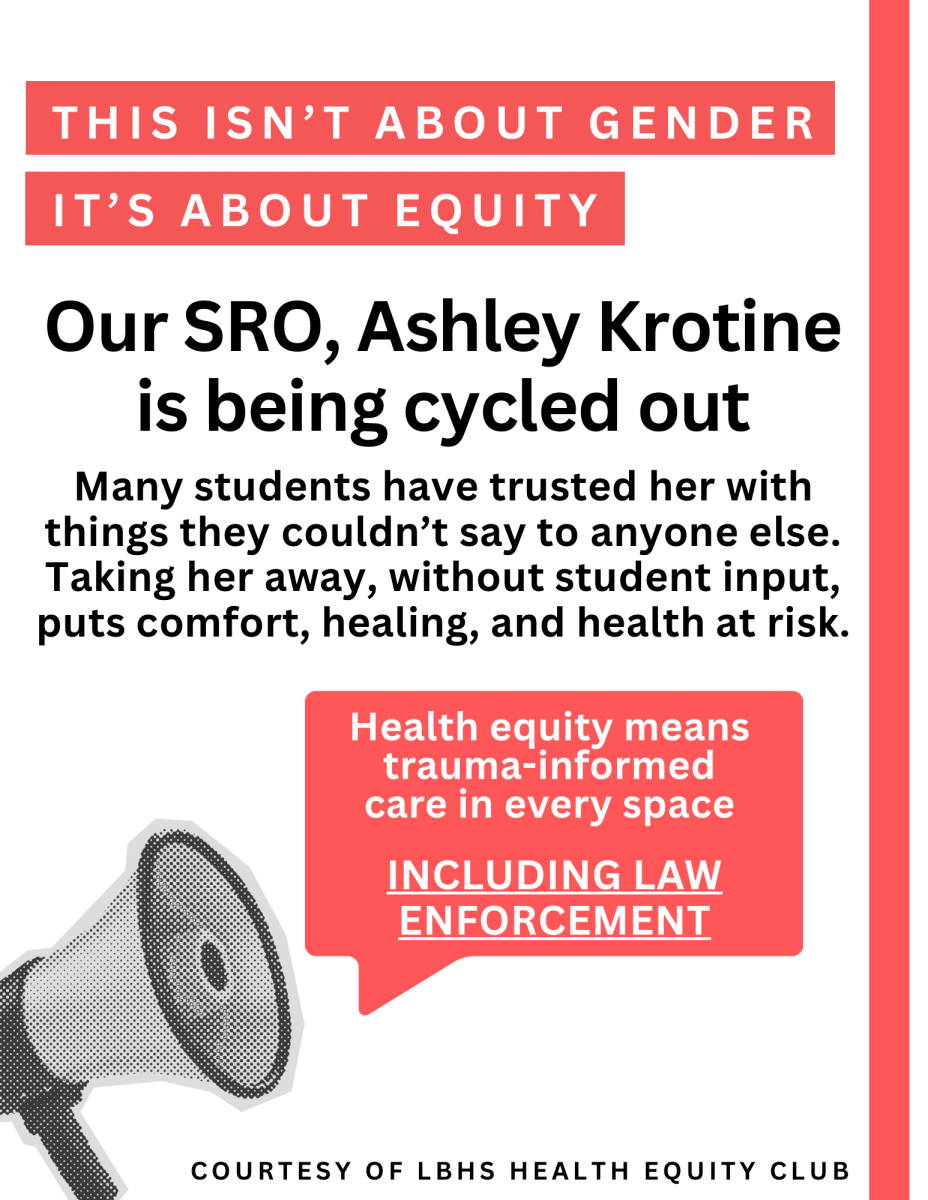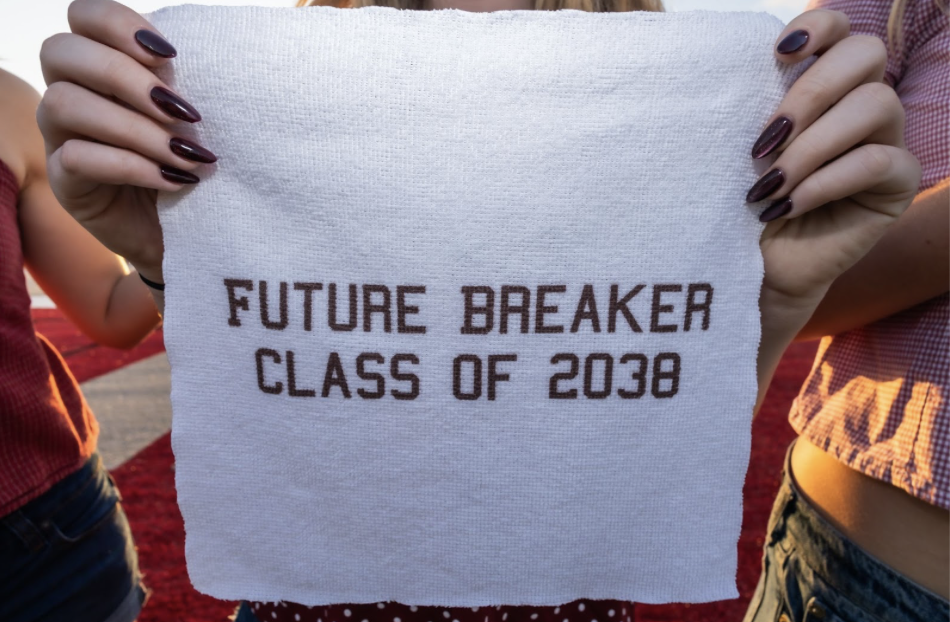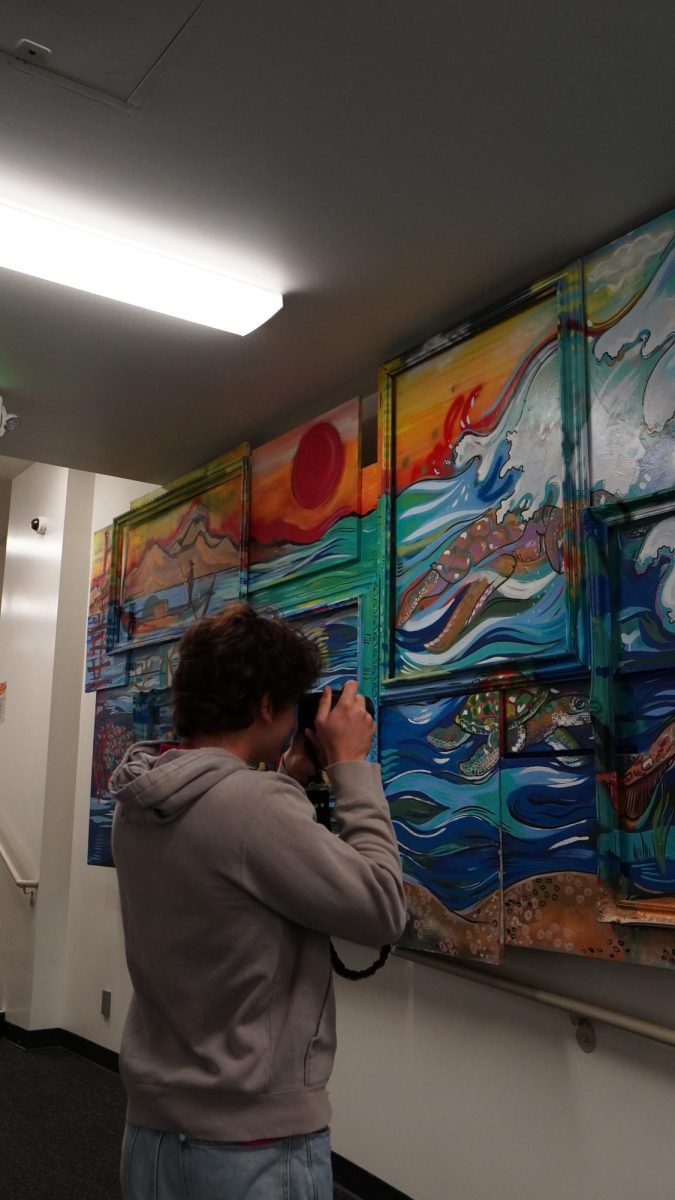Fast fashion is a prevailing force in the fashion industry; it offers consumers affordable and rapidly changing trendy clothing. However, it is disastrous to our environment and society. People can buy the latest styles in the blink of an eye without even thinking if they genuinely want it. The cycle leads to people throwing out almost new clothes and fashion trends losing value. Overconsumption and production have made fashion one of the largest polluting industries.
How did all this come to be, though? Before the 1800s, fashion was still slow. People would have to personally source their materials, leather, cotton, and wool. They made everything themselves, giving the clothes a greater value and more appreciation. However, things started to shift around the time of the Industrial Revolution. Sewing machines and factories came into play, making the process quicker, easier, and cheaper. By the 1960s and 1970s, young people began creating clothing trends. How you dress became a form of personal expression, yet there was still a distinction between high fashion and high street. From the 1990s to the 2000s, low-cost fashion peaked. Brands like Zara and H&M started to take over, making “dupes” or duplicates of all the high fashion designs. It has become almost impossible to shift back from this mindset on money and fashion.
It is hard to spot fast fashion. Companies try their absolute best to make the cover-up seamless. There are many ways to notice that there are distinct differences. First, they are made in foreign countries, which makes them cheaper, and they have more lenient pollution laws. Low-quality products also give you an indication of fast fashion. The brands focus more on quantity than quality, which shows through in prices and fabric. Most fast-fashion brands have a wide variety of styles, constantly on trend. Always be careful of where your money directly profits.
Fast fashion is appealing due to its meager prices for a decent item. It causes significant pollution; the quick and easy production makes factories cut environmental corners. Fast fashion is the largest consumer in the water industry. It takes about 700 gallons of water to produce a shirt and 2000 gallons for jeans. Not only does it take water, it also pollutes it. When dying textiles, the dye contaminates the water and goes back into rivers, ditches, and streams.
Synthetic fibers like polyester, nylon, and acrylic are also used in the making as well. The IUCN estimated that 35% of all microplastics end up in the ocean. Energy is also a significant factor. The process of making plastic fibers into textiles is a very energy-intensive process. The production of copious amounts of petroleum simply stacks up as fast fashion grows in wealth. However, waste is the worst contributor. I have had countless personal experiences where people throw away new clothes from Shein or Amazon without thinking twice about it.
How do we solve this problem? Well, we need to start with shifting our consumption habits. Like Vivian Westwood once said, “ Buy less, choose well, and make it last”. Trying to educate yourself and others makes a huge difference. I know the allure of fast fashion may be hard to resist, but its environmental and ethical costs are undeniable. It is time for consumers to rethink choices, support sustainable alternatives, shop small businesses, and make fashion choices that look and feel good.














